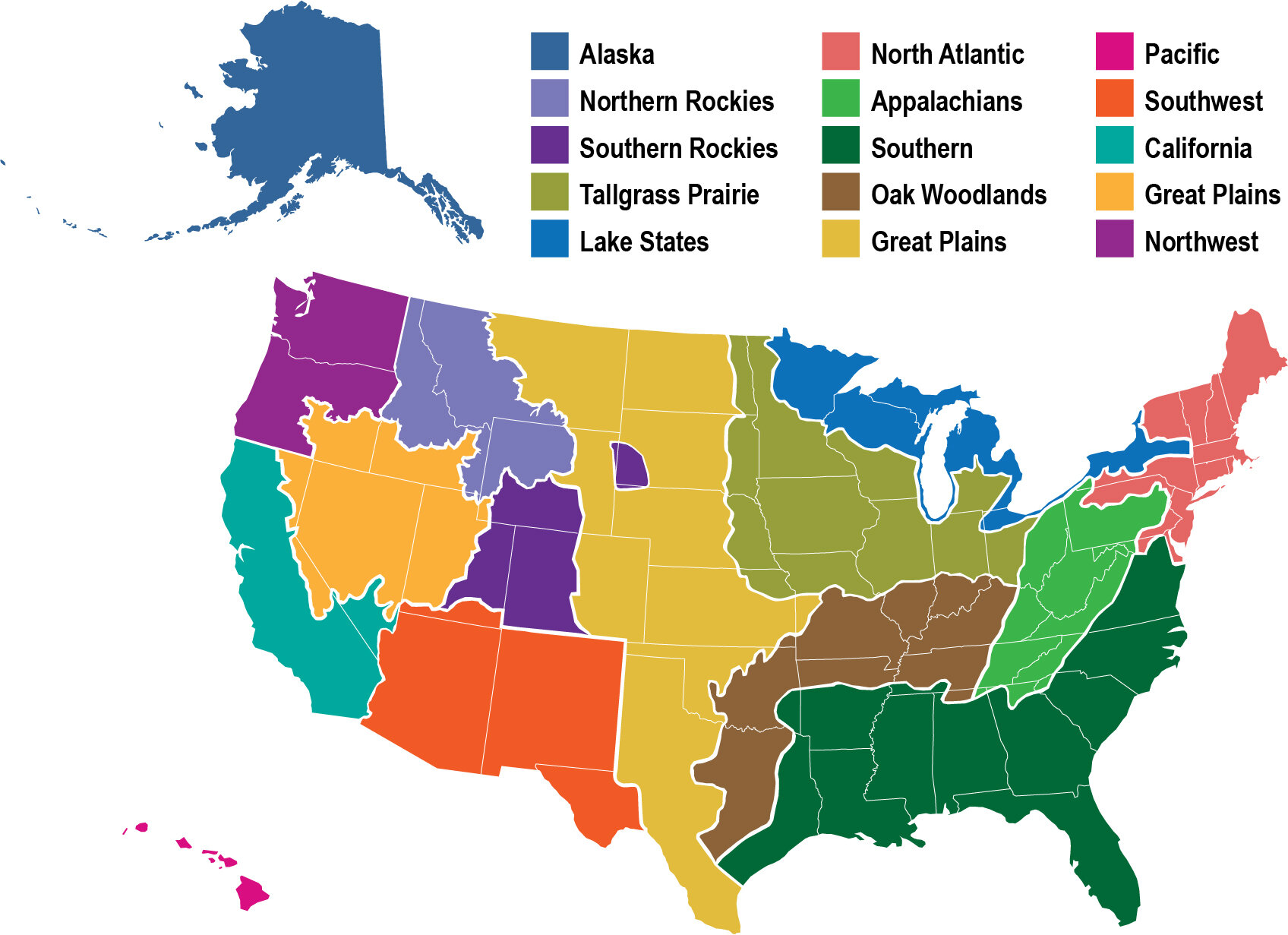Hotter and drier fire seasons increase risk of severe wildfires in western US forests
/Wildfire activity has been increasing across western US forests, impacting public health, infrastructure, water quality, and the economy. While total annual area burned is often used to track wildfire trends, high-severity fire (fire that kills all or most trees) can have longer lasting impacts on forests and communities and may be a more meaningful measure. Historically, many western US forests experienced frequent, low-severity fires, which promoted resistance to drought, insect outbreaks, and future wildfires. In contrast, high-severity fires in these forest types can lead to forest loss and have negative impacts on post-fire recovery. Understanding trends in high-severity fire is therefore crucial to understanding wildfire impacts on forests and the ecosystem services they provide. Although climate is a key driver of fire behavior, no studies to date have projected how much land could burn at high severity under future climate conditions. This study asks: how is high-severity wildfire changing under a warming climate in the western US, and what might the future look like?
View Article (Open Access)
Parks, S. A., J. D. Coop, and K. T. Davis. 2025. “ Intensifying Fire Season Aridity Portends Ongoing Expansion of Severe Wildfire in Western US Forests.” Global Change Biology 31, no. 8: e70429. https://doi.org/10.1111/gcb.70429.


